

About 200 years ago, the Edo Shogunate permitted Omama calling a town.
To celebrate this event, five influential people in the area paid money to have a pair of lion's heads made by craftsmen in Edo. One of them was Uhei Arai.
The lion's head made of sandalwood is still taken carefully as a symbol of the Omama Gion Festival. The Omama Gion Festival will celebrate its 400th anniversary in 2029.
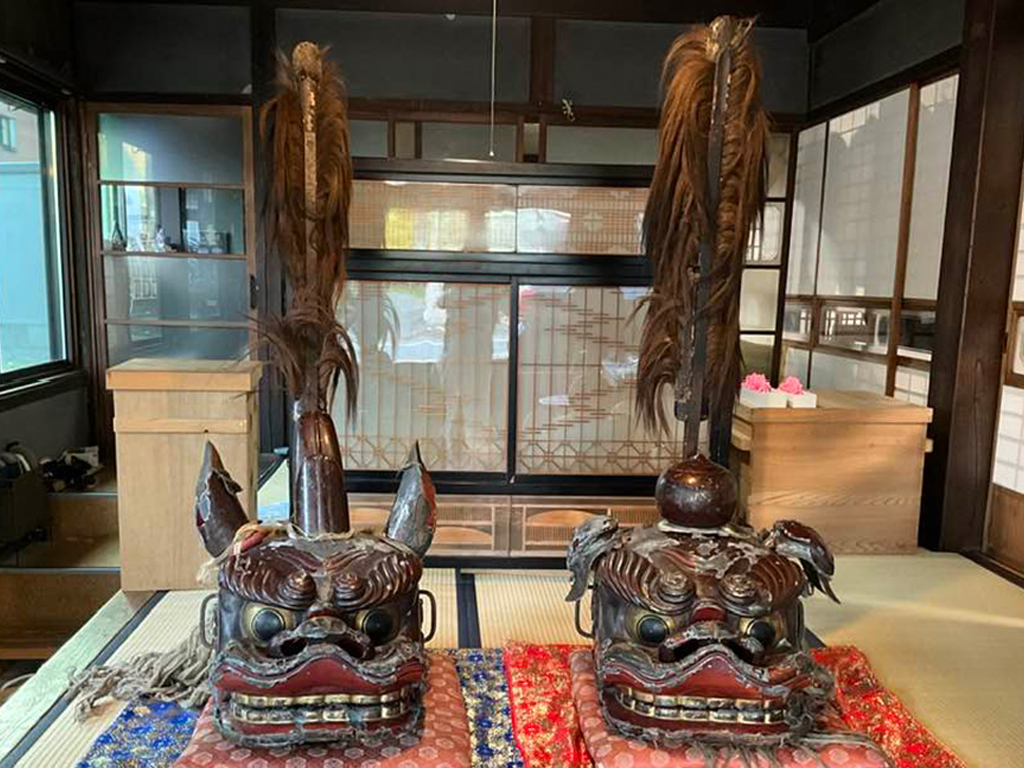
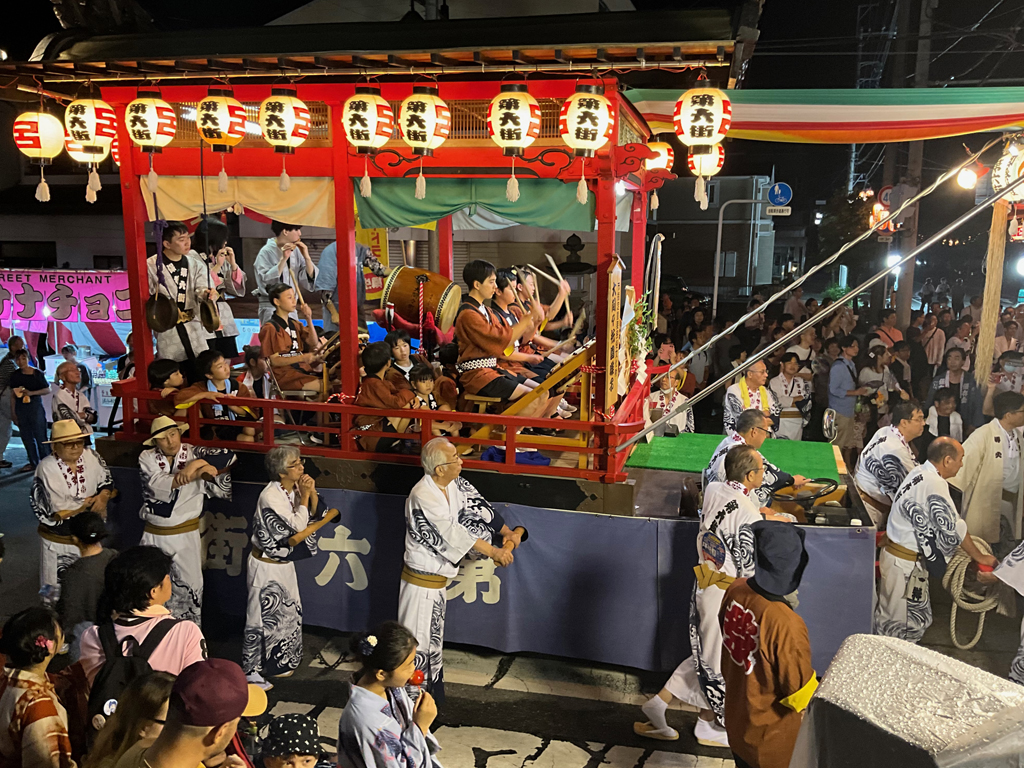
ARAU Shohten started out as a store dealing in fertilizers and feedstuffs for livestock, but eventually became a ceramics shop, and its customers included Nakajima Aircraft Company (now SUBARU CORPORATION) in Ota and the Ashio Copper Mine operated by Furukawa Mining (now Furukawa Co., Ltd.). Ushiro Arai, two generations ago, purchased large quantities of ceramics by a wagon and sold them to U.S. military officers and other customers.
Later, while Ushiro withdrew from a ceramics shop, his other business, sales of gunpowder, were successful, and the ceramics piled up in the storehause were left untouchables.
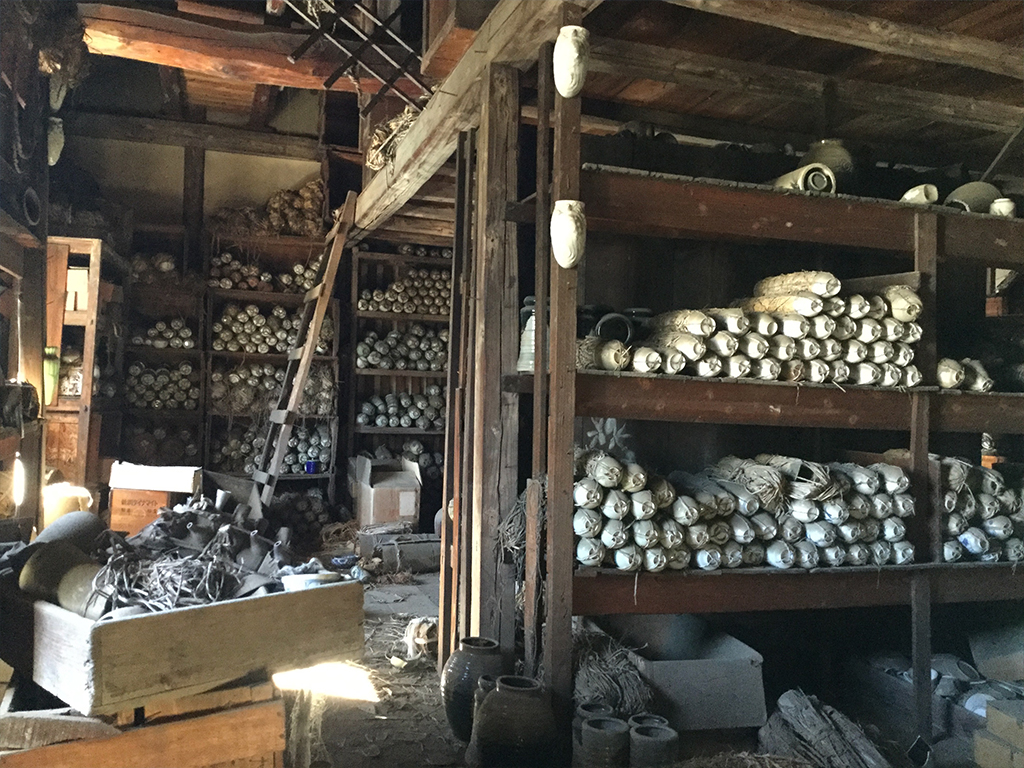
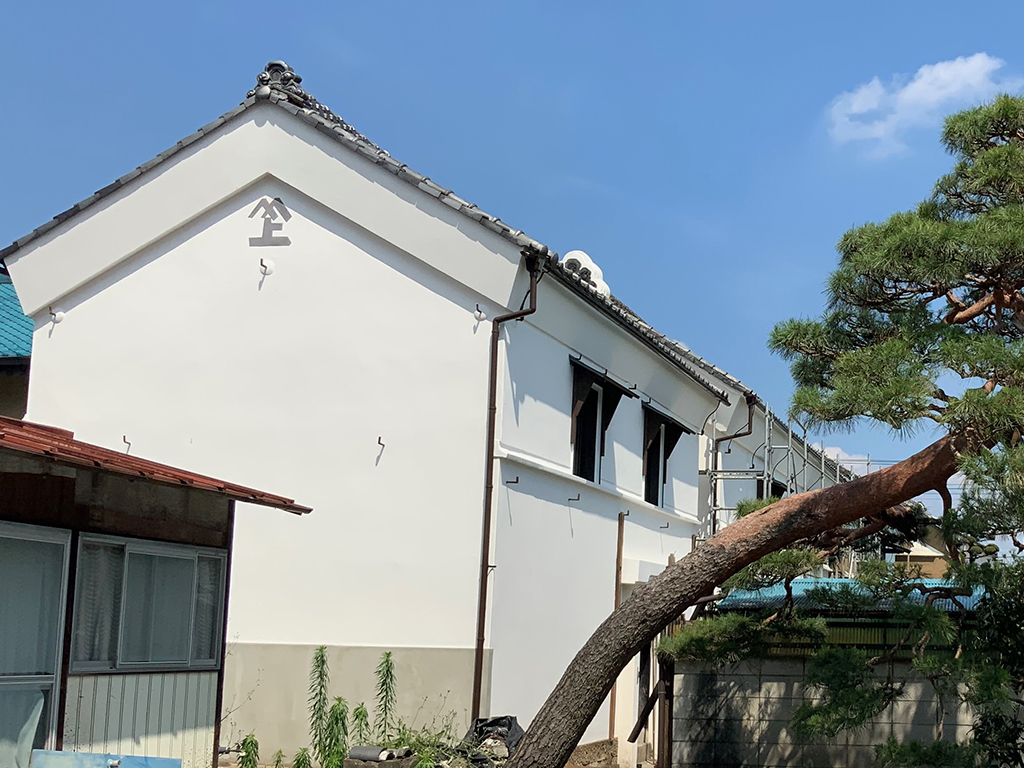
Uhei Arai was the first, followed by Uhachi for two generations, and the name of the shop came to be called "ARAU" from then.
Uhachi had a son. Uhachi was concerned that his son would not be as great as he was, so he changed his name to Ushiro, half of the number eight, to four. In Japanese, "hachi" means eight and "shi" means four. This Ushiro is my grandfather. This is the true story just like a joke.
My father was Toshio, and I, Norio Arai, am the current owner of ARAU Shouten.
Thus, for 200 years, the name "ARAU" has survived in this area.
I often use this phrase to introduce myself: "I am the sixth generation to take the name of ARAU".
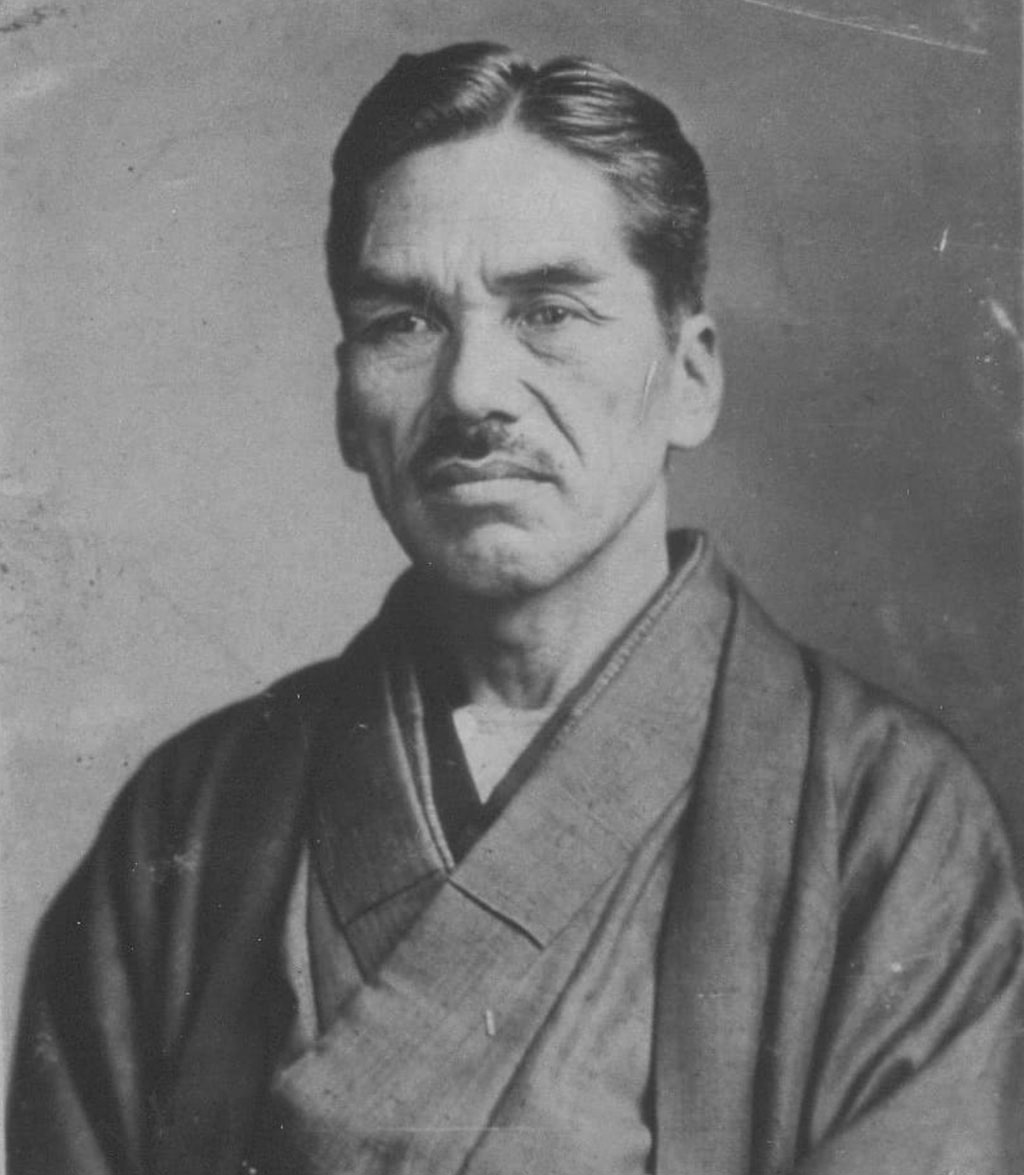
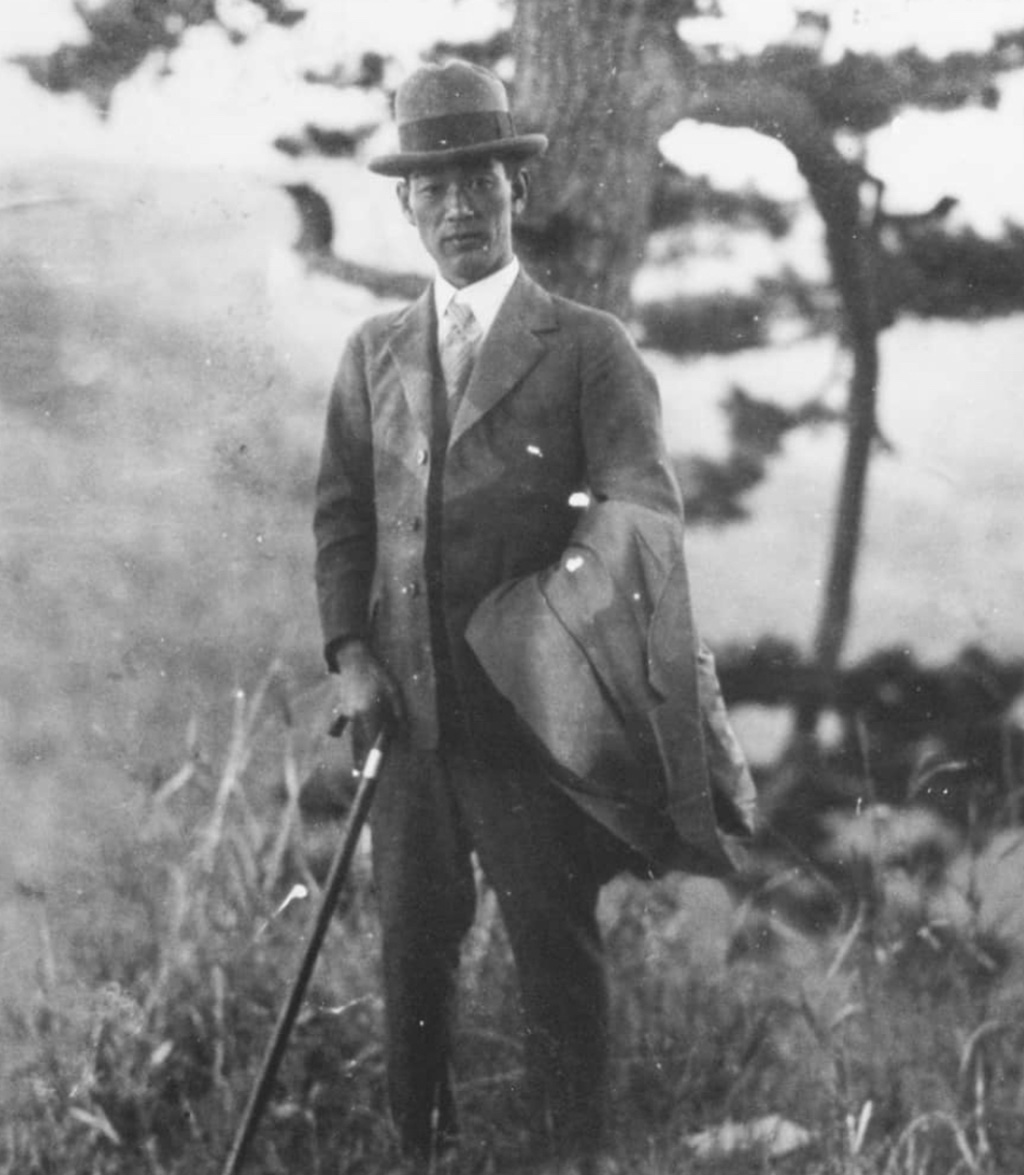
In April 2021, we opened a cafe in one of our storehouses. We named it "cafe Kurahachi" after Uhachi Arai, who built this storehouse in 1916. The renovations were carried out with a policy of making as few changes as possible to the 100-year-old storehouse in order to join it for the next 100 years. The large post-and-beam structure in the attic, the earthen floor, and some of the mud walls remain as they were 100 years ago, so please enjoy a relaxing stay while feeling the passage of time with you.
At cafe Kurahachi, coffee and tea are served in beautiful cups and saucers from the storehouse. These ceramics vary not only in color and pattern, but also in period and place of production. Just meeting with them is an enjoyable experience.
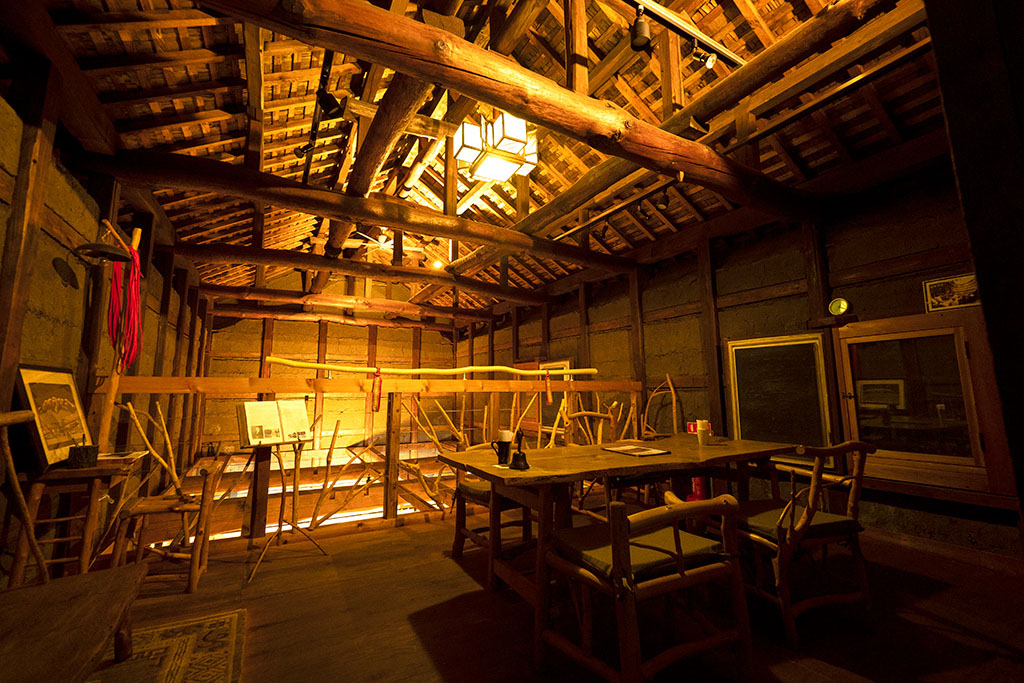
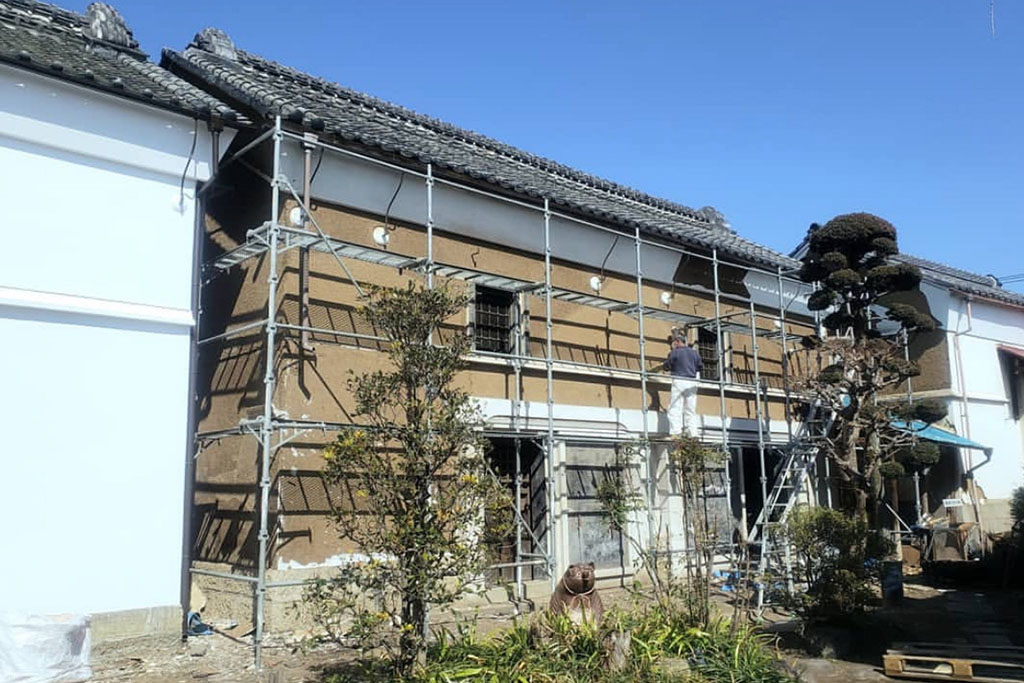
Following the cafe, in May 2023, one of the storehouses was renovated and opened as a lodge for rent. Also, another storehouse was renovated as a shop.
The storehouse lodge, named "Kurayado Akaganeno-Yume" as built in the style of a second-floor room inside a large storehouse to ensure livability while retaining the ceilings, beams, and walls made of famous Oya stone. The old fixtures and fittings were reused in various places to preserve some of their original appearance. Furthermore the shop is designed to make use of the space of the storehouse as it is, and the interior fixtures of the storehouse are used as they are for the display shelves.
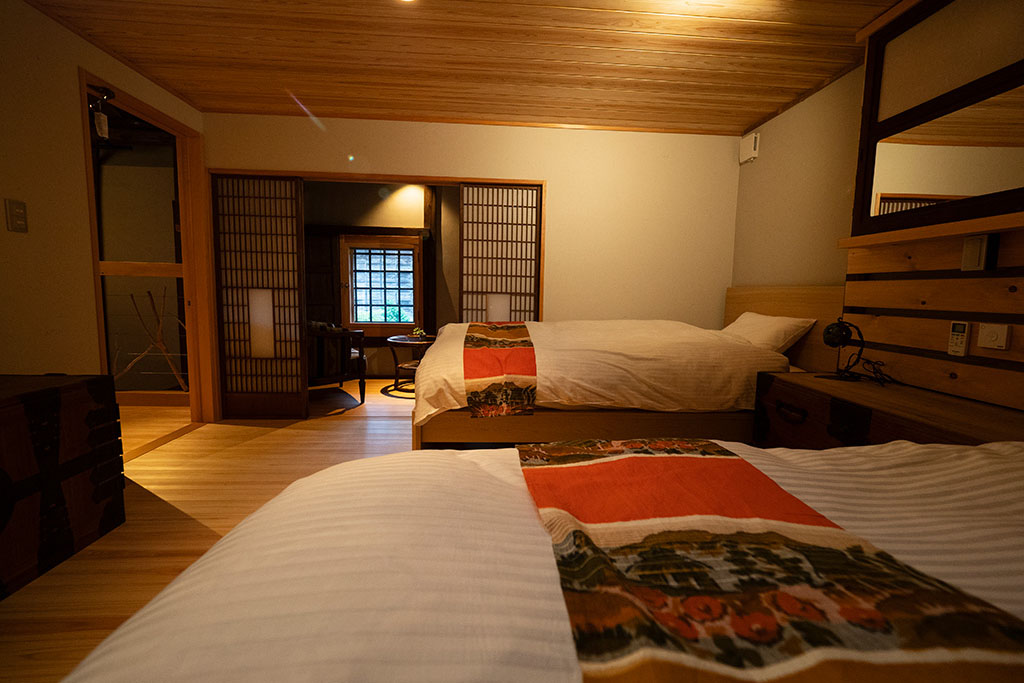
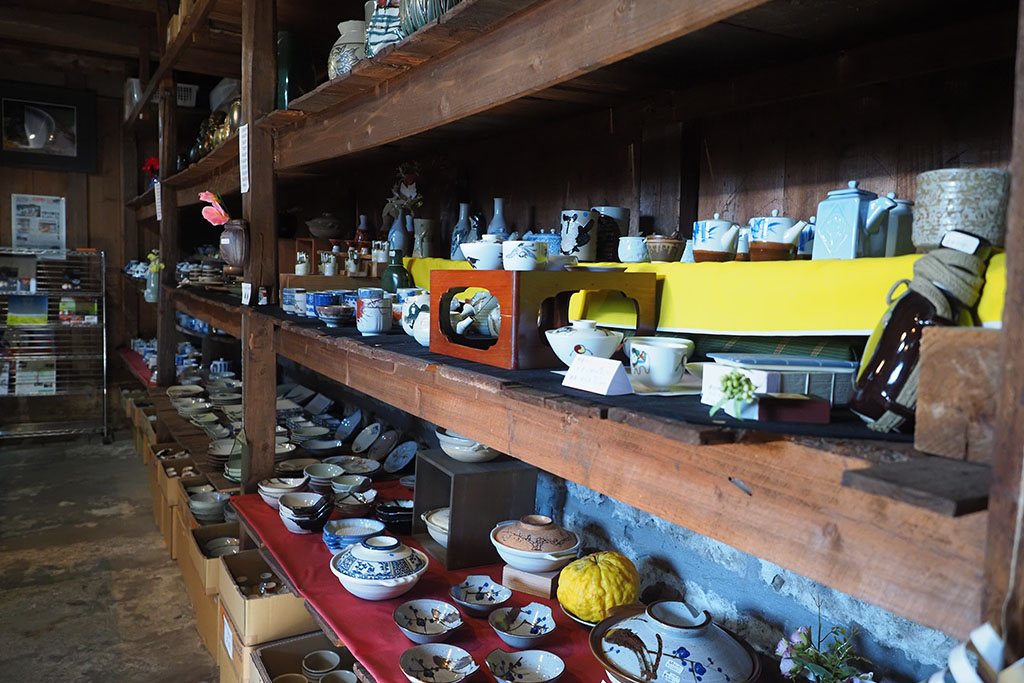
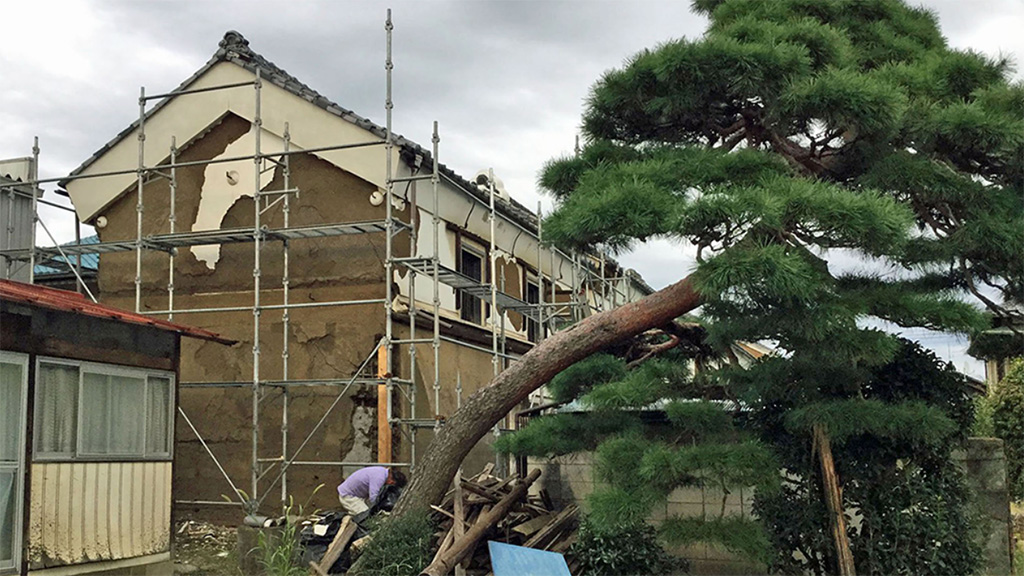
We were faced with the decision of whether to restore and revitalize or demolish a total of five storehouses, the exterior walls of which are now peeling off after nearly 100 years of construction. We decided to create a new facility like never before in the hopes of preserving the historic town of Omama, which developed along Akagane Kaidou and revitalizing it as a community asset and a place where visitors can begin their new town walks.
Entering through the Yakuimon-style front gate along the national highway, cut across the garden of the main house, go under the open-air gate to the tea ceremony room, and walk through the garden to cross the corridor from the main house to the storehouse, and come out to the patio with four storehouses in front of the house. Here, cauldrons, ceramics, and other items are comfortably placed, and well-maintained red pines and chobo-hiba (a type of hinoki cypress) are planted. And the old type of well shows us what the history is.
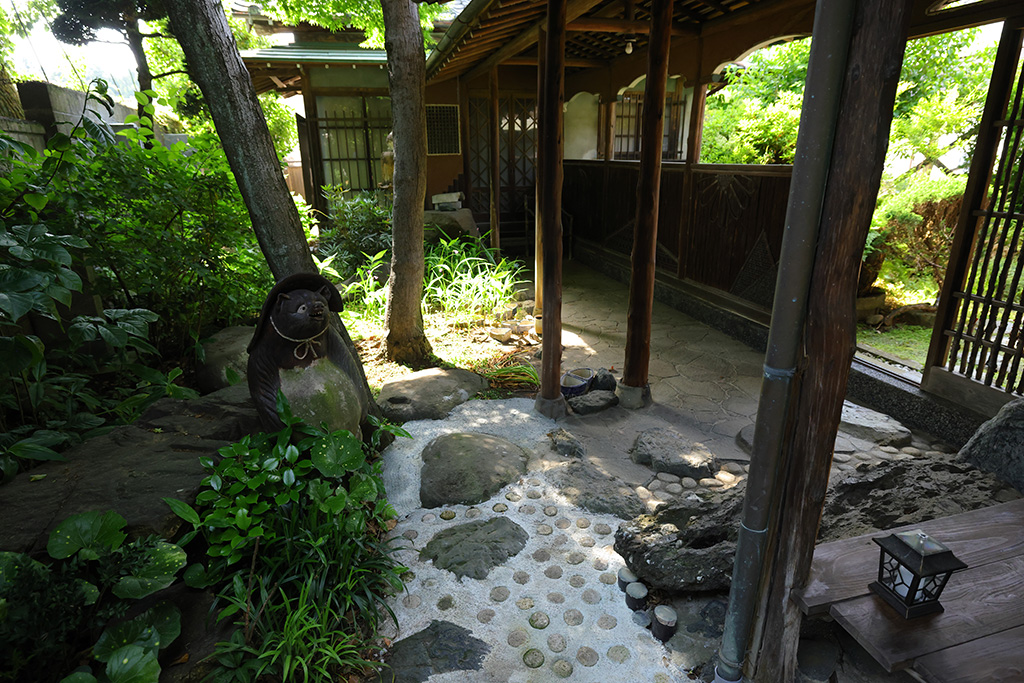
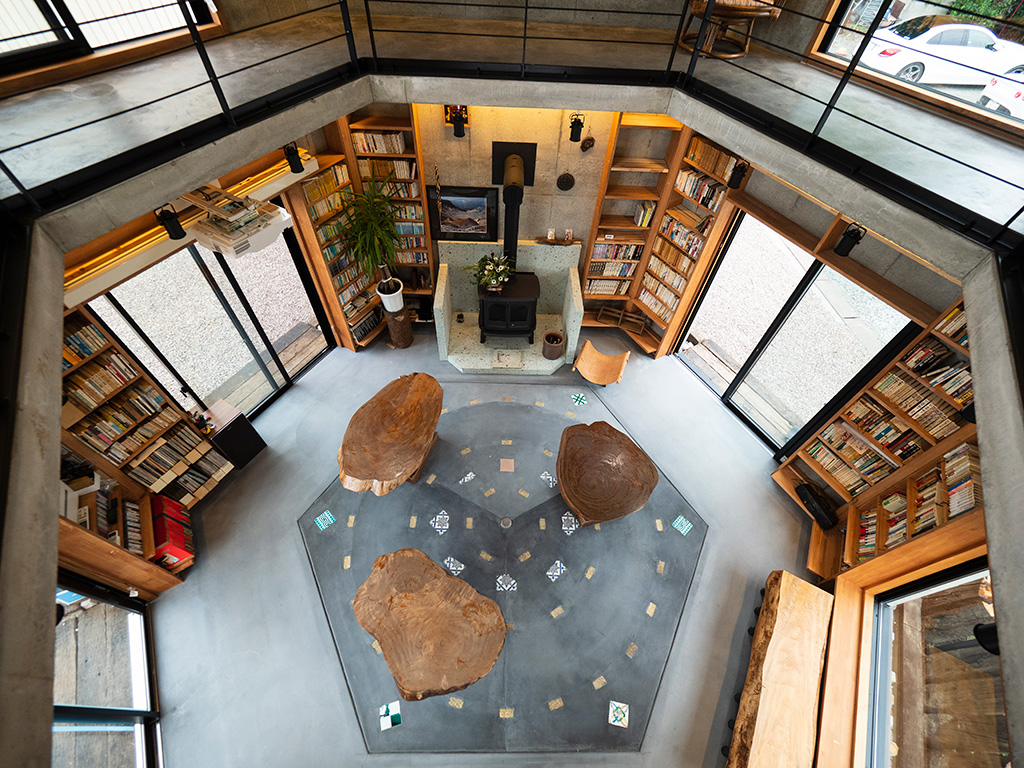
In May 2023, a new Rokkakudo was constructed in this cozy space. The first floor with a wood-burning stove serves as a hall with a large stack of 2,000 books and sound equipment for multi-purpose use. On the second floor, a gallery space in the form of a corridor is located in the atrium and was built with an eye toward creating a space for intellectual creation as well as relaxation. We intend to use the main house to create a facility that retains the atmosphere of a former merchant's house and to realize a space for relaxation and creativity.